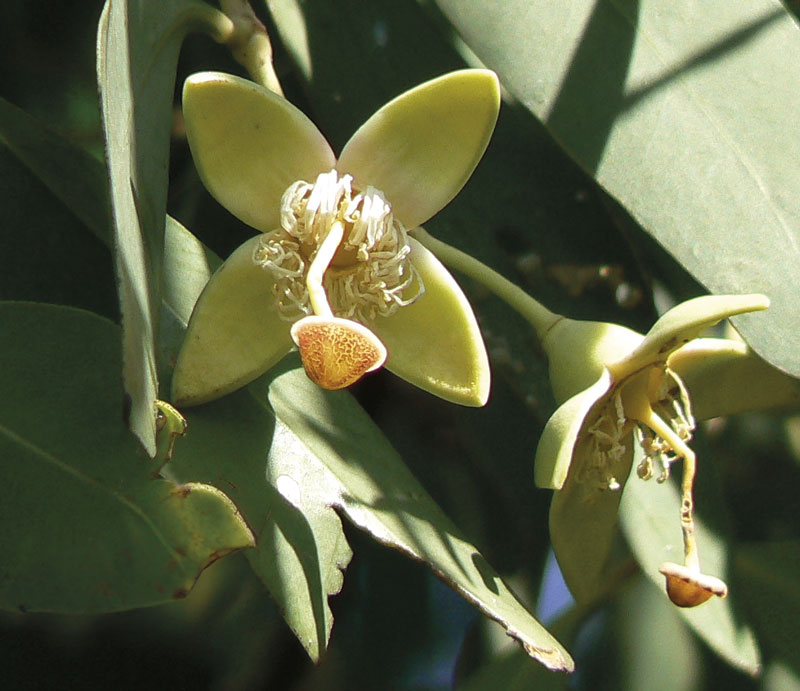
Dinesh Valke / FlickrThe white flowers make Sonneratia apetala easily identifiableDinesh Valke / Flickr
Native to the mangroves of India in South Asia, Sonneratia apetala, which grows rapidly and disperses many seeds, has been identified in the Santos-Cubatão estuary on the coast of São Paulo. It is the first record of the species in the Americas. Since May 2023, oceanographer Yara Schaeffer Novelli of the University of São Paulo (USP) and biologists Geraldo Eysink of São Paulo State University (UNESP) and Edmar Hatamura, both partners in the company HC2 Holambra Capturing Carbon, have found 80 specimens of the species in an area under regeneration measuring 15.5 square kilometers (km2). Some were 12 meters tall, four times taller than native plants, and bore more than 2,000 fruits, each with an average of 60 seeds. The species was introduced in China to help regenerate mangroves, and according to the researchers, the seeds may have been transported in the ships’ ballast water, used to help cargo ships maintain balance, before being released near the port of Santos and carried into the estuary above with the high tide. Action is needed to prevent a repeat of what has happened in the Chinese mangroves, where the invasive species has suppressed the native species and dominated the landscape. “Without intervention, this species could spread and take over Brazilian mangroves,” says biologist Geraldo Eysink (Biota Neotropica, February).
Republish